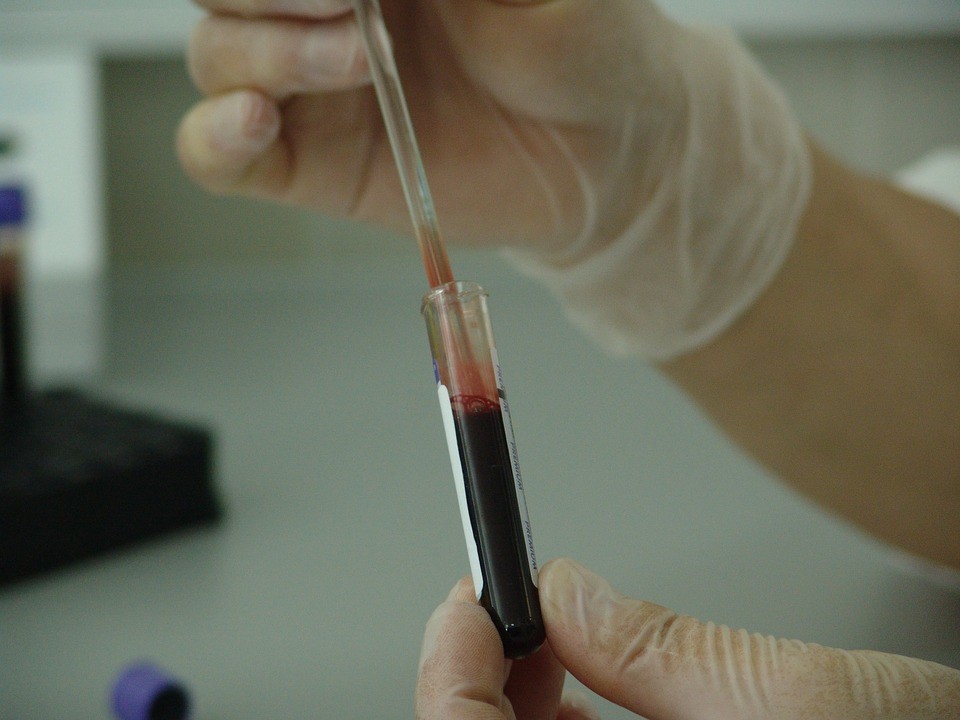

Chlamydiosis
Chlamydiosis is a highly prevalent infection in dairy cattle populations worldwide, with seropositivity at the herd level ranging from 45% to 100%1.
Although chlamydial bacteria can cause clinical disease, most of the cases are subclinical.
Chlamydophila pecorum, C. abortus and C. psittaci are the most common chlamydial bacteria in cattle.
Fecal excretion is the most important shedding route for Chlamydiae and animals are typically exposed to infection through ingestion or inhalation of the bacteria.
Most infections remain clinically inapparent.
In the case of acute infection in cattle, clinical symptoms include2:
- Fever and depression
- Respiratory disorders
- Enteritis, diarrhea
- Polyarthritis
- Keratoconjunctivitis
- Encephalomyelitis
- Pericarditis
- Hepatitis
In chlamydia-positive herds, newborns may start to acquire chlamydial infections within two weeks of birth.
Recent studies have shown a relationship between chlamydial infection in cattle and average annual milk production, rates of abortion, premature calving and perinatal calf deaths3. There are also sporadic cases of endometritis and vaginitis.
Chlamydia infections in cattle can lead to sub-fertility or infertility. Bulls can suffer vesiculitis and can shed chlamydia via semen.
Chlamydia infection in cattle is often underestimated because of the lack of clinical signs or lesions that allow for a definitive diagnosis.
Laboratory diagnosis:
- Cell culture isolation
- PCR and microarray techniques
- Cytologic staining
- Immunofluorescence test
- Species-specific serologic tests are still lacking: ELISA test does not differentiate between chlamydial species

Treatment of chlamydiosis must start as early as possible and continue for at least seven days. Tetracyclines, quinolones, macrolides, lincosamides or rifamycins can interfere with chlamydial replication.
There are no vaccines for cattle.
The bacterium is zoonotic, occasionally producing life-threatening disease and abortion in pregnant women.
- Kauffold J, Wehrend A, Sigmarsson H, Matthias H. Chlamydia and Chlamydophilia in bovine reproduction. Clinical Theriogenology 2014;6(3):251–4
- Reinhold P. Overview of Chlamydiosis. MSD Veterinary Manual. https://www.msdvetmanual.com/generalized-conditions/chlamydiosis/overview-of-chlamydiosis
- Kemmerling K, Müller U, Mielenz M. Chlamydophila species in dairy farms: polymerase chain reaction prevalence, disease association, and risk factors identified in a cross-sectional study in western Germany. Journal of Dairy Science 2009;92:4347-4354.

